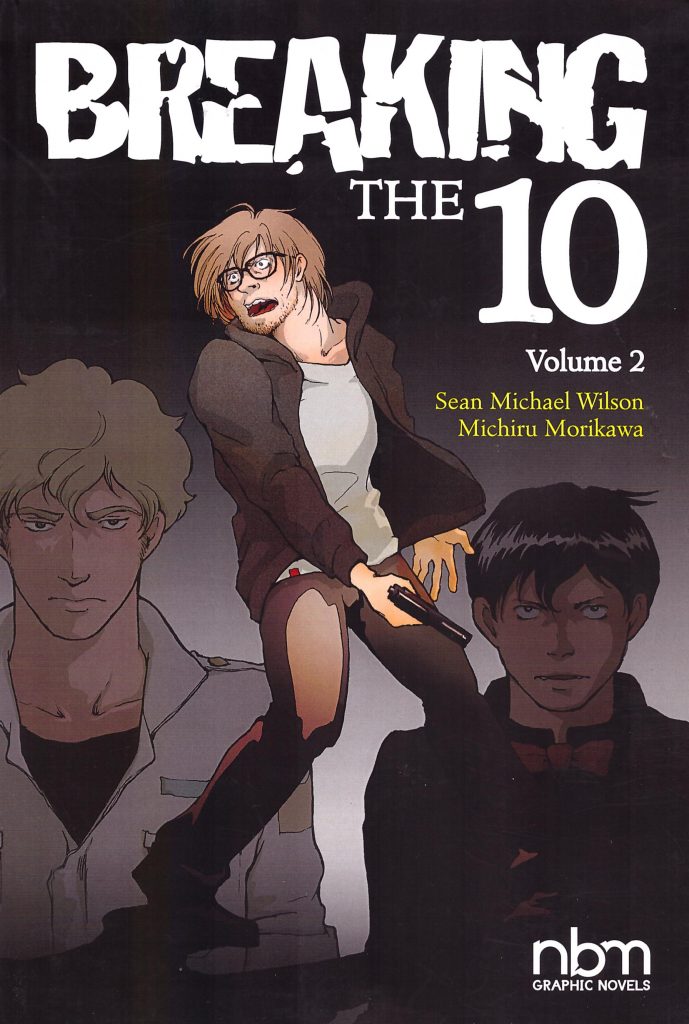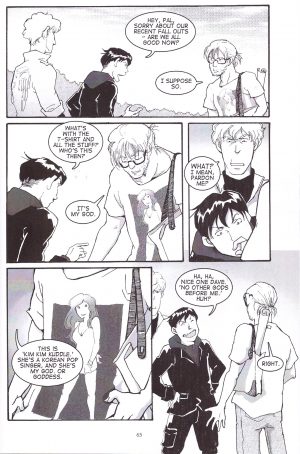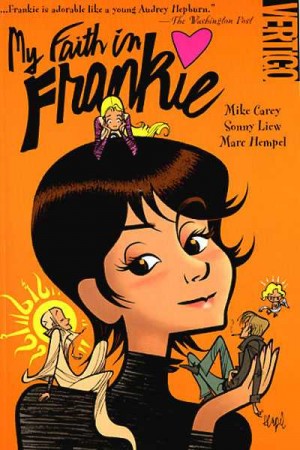Review by Ian Keogh
Volume 1 introduced us to David, distraught at the random car accident in which his wife and son died. Unhinged by the tragedy he calls out God, deciding that he’s going to break every one of the ten commandments until God has the courage to face him. It was an interesting premise, and via a tally explained early here, he’s worked his way through six of the ten commandments. This has been enlivened by the presence of Mr Black and Mr White, keen to engage David in philosophical discussion either together or separately, with their names indicating their polarised views.
We learn early that these views may not be as entrenched and monochrome as previously assumed as Sean Michael Wilson increases the viability of those characters from earlier appearances. Mr White’s prepared to indulge in physical violence to prevent the desecration of a church and Mr Black appears surprisingly concerned about the consequences of David’s earlier adultery. It makes for more interesting discussions, and from early in volume two Wilson introduces real world examples to bolster David’s points. Ever expect to see George W. Bush and Genesis P. Orridge come up in the same discussion?
Michiru Morikawa’s art continues to have a delicacy and emotional strength, the cast conveying their moods via expression alone. There’s a pleasing simplicity to the pages, but they lack for nothing needed to tell the story. Subtlety is another strength. Late in the book there’s a scene with horrific potential, but Morikawa doesn’t over-exaggerate it, and there’s a power to keeping things as normal as possible.
Wilson’s plot is intriguing on two counts. Hanging over the entire process is how far David will go to confront God. Will he kill? That’s in story. Out of it there’s the constant wonder of what Wilson’s building toward. Surely he can’t actually have God manifest, can he? Wilson’s form of storytelling is interesting and consistently provocative, switching from trivial and lighthearted to violent and abusive in short order. Toward the end he moves into real life horror, and there’s an escalating unpredictability and awkwardness as we reach the more serious commandments.
As it’s been about questioning throughout, it’s fitting that Breaking the 10 ends with a question hanging. There is a resolution, a clever one in fact, but not one that draws a clear line. It’s perhaps obvious, but Breaking the 10 reads better when consumed in one continuous sequence than split over two books, and surely that’s how any reprint should appear.





